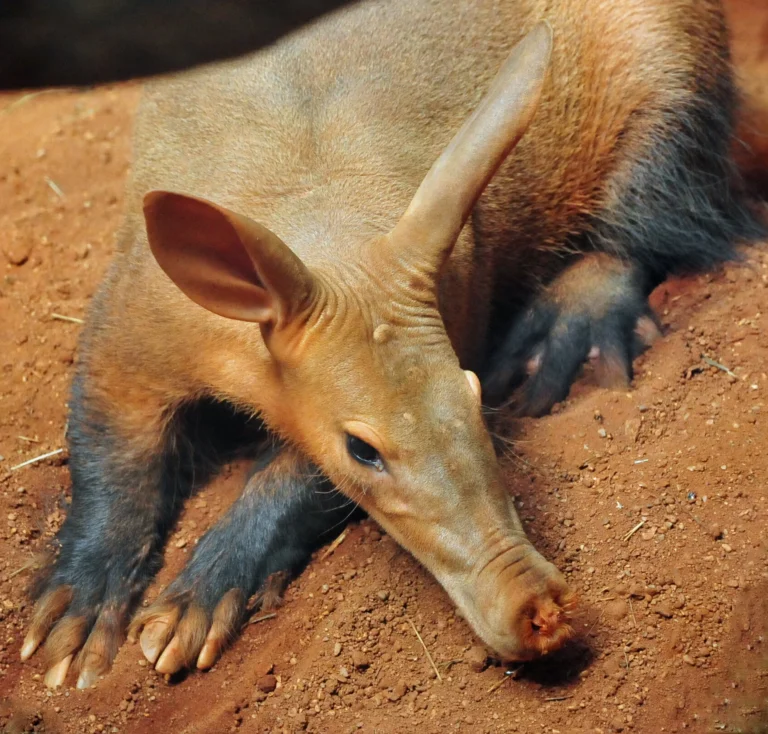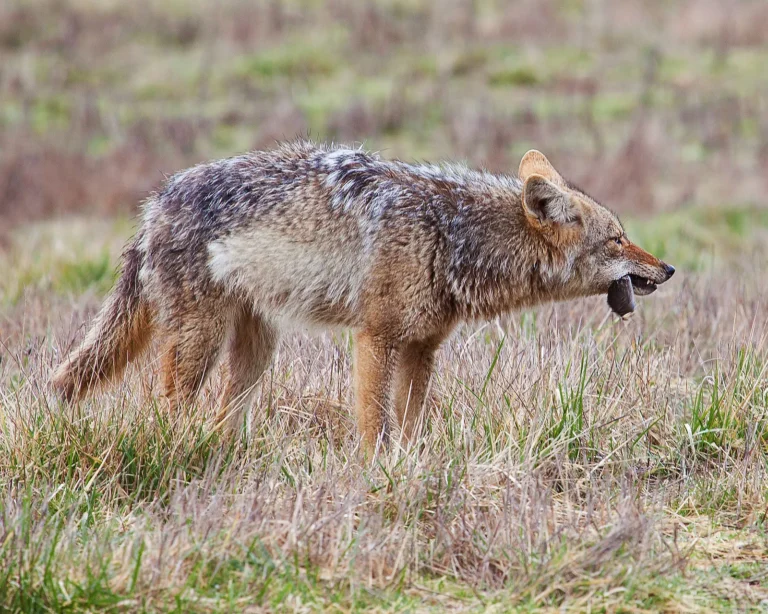3 Types of Agroforestry Explained
Types of agroforestry are; silvopastoral, agrosilvopastoral, and agrisilvicultural agroforestry.
They may be alternatively referred to as silvopasture, agrosilvopaature, and agrisilviculture.
This article discusses the types of agroforestry, as follows;
1). Silvopastoral Agroforestry (as one of the Types of Agroforestry)
Silvopastoral agroforestry is a type of agroforestry that combines forage crops with woody perennials like trees and shrubs, on pastoral land [1].
It may also be referred to as ‘forest grazing’, and combines the attributes of conventional pastoral farming with the resilience of natural forests.
The ultimate outcome of silvopastoral farming is a robust artificial ecosystem that is equipped with a high level of biodiversity to facilitate growth.
Biodiversity in silvopastoral agroforests leads to ecologic resilience. Soil conservation and water conservation are both achieved when this type of agroforestry is practiced [3].
Silvopastoral farming also reduces the risk of over grazing and its environmental impacts such as soil erosion and desertification. These benefits come from the ecologic effects of trees and shrubs, which bind soil aggregates, increase biomass/organic matter and carbon sequestration rates, and facilitate increase in soil microbes and their activities that lead to biodegradation and nutrient recycling.

2). Agrosilvopastoral Agroforestry
Agrosilvopastoral (ASP) farming is the practice of growing trees, crops, and/or livestock on the same land [2].
It differs from silvopastoral farming by being more robust and elaborate; since it involves agricultural crops which are not a necessary part of silvopastoralism.
Agrosilvopastoral farming is dynamic and may occur in a variety of contexts; including biodynamic farming, natural forest management, permaculture, integrated crop-livestock management (ICLM), and organic farming.
Multiple sustainable agricultural practices can be implemented in agrosilvopastoral farming, including crop rotation, cover cropping, conservation tillage and rotational grazing.
3). Agrisilvicultural Agroforestry (as one of the Types of Agroforestry)
Agrisilvicultural farming (or ‘agrisilviculture’) is a type of agroforestry that involves the coexistence and co-cultivation of agricultural crops and forest vegetation [4].
It can be viewed as one of the most basic types of agroforestry, alongside silvopastoral farming.
Agrisilviculture is designed to facilitate long-term sustainability and productivity of crops through species diversification.
Agroforestry Crops, Shrubs and Trees
Some examples of agroforestry crops or plant species are listed below;
-Agroforestry Trees
Agroforestry trees include;
1). Coffee
2). Oil Palm
3). Boabab
4). Monkey Thorn
5). Rubber
6). Sandal Wood
-Agroforestry Shrubs
Agroforestry shrubs include;
1). Terminalia
2). Acacia
3). Caianus
-Agroforestry Crops
Agroforestry crops include;
1). Corn
2). Wheat
3). Soybeans
4). Sweet Potato
5). Beans
6). Cabbage
7). Pumpkin
Conclusion
Types of agroforestry are;
1. Silvopastoral Agroforestry
2. Agrosilvopastoral Agroforestry
3. Agrisilvicultural Agroforestry
References
1). Balehegn, M. (2017). “Silvopasture Using Indigenous Fodder Trees and Shrubs: The Underexploited Synergy Between Climate Change Adaptation and Mitigation in the Livestock Sector.” Climate Change Adaptation in Africa (pp.493-510). Available at: https://doi.org/10.1007/978-3-319-49520-0_30. (Accessed 17 November 2022).
2). Chará J., Reyes E., Peri P., Otte J., Arce E., Schneider F. (2019). “Silvopastoral Systems and their Contribution to Improved Resource Use and Sustainable Development Goals: Evidence from Latin America.” FAO, CIPAV and Agri Benchmark. Available at: https://www.fao.org/publications/card/en/c/CA2792EN/. (Accessed 17 November 2022).
3). Samra, J.; Singh, S. (2000). “Silvopasture systems for soil, water and nutrient conservation on degraded land of Shiwalik foothills (sub-tropical northern India).” Environmental Science. Available at: https://www.semanticscholar.org/paper/Silvopasture-systems-for-soil%2C-water-and-nutrient-Samra-Singh/c123b6516b7366175c55416c48bd8b2c21efe151. (Accessed 17 November 2022).
4). Uleh, A. M.; Usman, A. I. (2020). “Agrisilviculture: A refuge for above and belowground biodiversity.” Journal of Research in Forestry, Wildlife and Environment. Available at: https://www.ajol.info/index.php/jrfwe/article/view/200840. (Accessed 17 November 2022).





